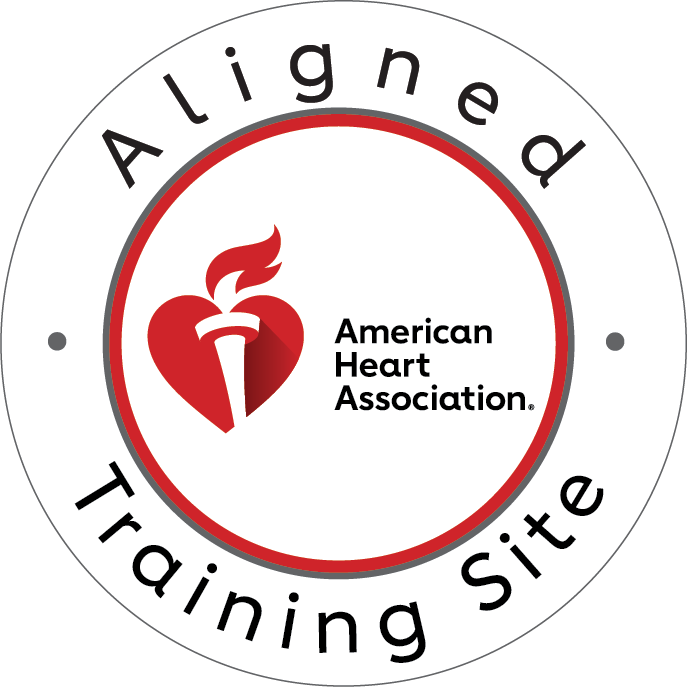Healthcare professionals face critical decisions daily, and knowing when to implement synchronized cardioversion can mean the difference between life and death. This advanced cardiac intervention requires precise timing, proper training, and a clear understanding of indications. Whether you’re pursuing ACLS certification or refreshing your emergency response skills, mastering synchronized cardioversion protocols is essential for optimal patient outcomes.
Understanding Synchronized Cardioversion Fundamentals
Synchronized cardioversion represents a controlled electrical intervention that delivers energy at a specific moment during the cardiac cycle. Unlike defibrillation, this procedure synchronizes with the patient’s R-wave, preventing the dangerous phenomenon of delivering energy during the vulnerable refractory period. Consequently, healthcare providers must understand when this technique offers the best therapeutic approach.
The synchronization feature distinguishes this intervention from emergency defibrillation. While defibrillation delivers unsynchronized energy for life-threatening arrhythmias like ventricular fibrillation, synchronized cardioversion targets organized rhythms that compromise hemodynamic stability. Therefore, proper identification of rhythm patterns becomes crucial for successful implementation.
Primary Indications for Synchronized Cardioversion
Unstable Atrial Fibrillation Management
Atrial fibrillation with rapid ventricular response often necessitates synchronized cardioversion when patients exhibit hemodynamic instability. Signs include chest pain, shortness of breath, altered mental status, or hypotension. In these scenarios, synchronized cardioversion provides rapid rhythm conversion, immediately improving cardiac output and patient stability.
The energy levels for atrial fibrillation typically start at 120-200 joules for biphasic defibrillators. However, healthcare providers should always follow their institution’s protocols and the patient’s clinical presentation when determining appropriate energy settings.
Atrial Flutter Intervention Protocols
Atrial flutter frequently responds well to synchronized cardioversion, often requiring lower energy levels than atrial fibrillation. Starting with 50-100 joules may successfully convert the rhythm, though providers should be prepared to increase energy if initial attempts prove unsuccessful. The organized nature of atrial flutter makes it particularly amenable to this intervention.
Supraventricular Tachycardia Treatment
When vagal maneuvers and adenosine fail to convert supraventricular tachycardia, synchronized cardioversion becomes the next intervention. Unstable SVT patients require prompt electrical conversion to restore normal hemodynamics and prevent further clinical deterioration.
Clinical Decision-Making for Synchronized Cardioversion
Patient Assessment Protocols
Before implementing synchronized cardioversion, providers must conduct thorough patient assessments. Vital signs, mental status, and symptom severity guide the urgency of intervention. Stable patients may benefit from pharmacological conversion attempts, while unstable presentations require immediate electrical intervention.
The assessment process includes evaluating contraindications, such as digitalis toxicity or electrolyte imbalances. Additionally, providers should consider the duration of arrhythmia, as prolonged atrial fibrillation increases thromboembolism risk without proper anticoagulation.
Procedural Preparation Standards
Successful synchronized cardioversion requires meticulous preparation. This includes ensuring proper equipment function, confirming synchronization mode activation, and preparing appropriate sedation. Furthermore, emergency medications and airway management equipment must remain readily available throughout the procedure.
Advanced Cardiac Life Support Integration
Synchronized cardioversion protocols integrate seamlessly with ACLS algorithms. Healthcare providers learn these techniques through comprehensive ACLS training, which builds upon BLS foundations. The systematic approach taught in ACLS courses ensures consistent, evidence-based care delivery during critical situations.
Moreover, ACLS certification provides the advanced knowledge necessary for post-cardioversion management. This includes recognizing conversion success, managing complications, and implementing appropriate post-procedure monitoring protocols.
Safety Considerations and Complications
Risk Mitigation Strategies
While synchronized cardioversion generally proves safe when performed correctly, potential complications require consideration. These include skin burns, muscle soreness, and rarely, ventricular arrhythmias. Proper pad placement, adequate sedation, and continuous monitoring minimize these risks significantly.
Additionally, providers must remain vigilant for post-procedure complications, including recurrent arrhythmias or hemodynamic instability. Having emergency protocols readily available ensures a rapid response to any adverse events.
Quality Assurance Measures
Regular training updates and skill verification maintain synchronized cardioversion competency. Healthcare facilities should implement quality assurance programs that monitor procedure outcomes, equipment maintenance, and provider proficiency. These measures ensure consistent, high-quality patient care delivery.
Future Developments in Synchronized Cardioversion
Technological advances continue improving synchronized cardioversion effectiveness and safety. Newer defibrillators offer enhanced synchronization algorithms, better waveform analysis, and improved energy delivery systems. Staying current with these developments through continuing education remains essential for healthcare providers.
Conclusion: Mastering Synchronized Cardioversion Through Proper Training
Synchronized cardioversion represents a critical intervention in emergency cardiac care. Success depends on proper indication recognition, procedural competency, and ongoing education. Healthcare providers must maintain current certifications and participate in regular skill practice to ensure optimal patient outcomes.
Understanding when to use synchronized cardioversion requires comprehensive training that goes beyond basic CPR skills. The integration of theoretical knowledge with hands-on practice creates confident, competent providers ready to handle cardiac emergencies effectively.
Take Action: Enhance Your Cardiac Emergency Skills Today
Ready to master synchronized cardioversion and other advanced cardiac interventions? CPR Tampa, an American Heart Association training site, offers comprehensive ACLS certification in Tampa that covers synchronized cardioversion protocols. Our stress-free, hands-on classes prepare healthcare providers for real-world emergencies.
Whether you need initial CPR certification in Tampa or want to advance to ACLS certification in Tampa, CPR Tampa provides the highest quality training available. We offer BLS for Healthcare Providers, ACLS, PALS, and CPR and First Aid courses designed to build confidence and competency.
Don’t wait until an emergency strikes – invest in your professional development today. Contact CPR Tampa, recognized as the best CPR training provider in Tampa, and join thousands of healthcare professionals who trust us for their certification needs. Your patients deserve providers trained to the highest standards.





